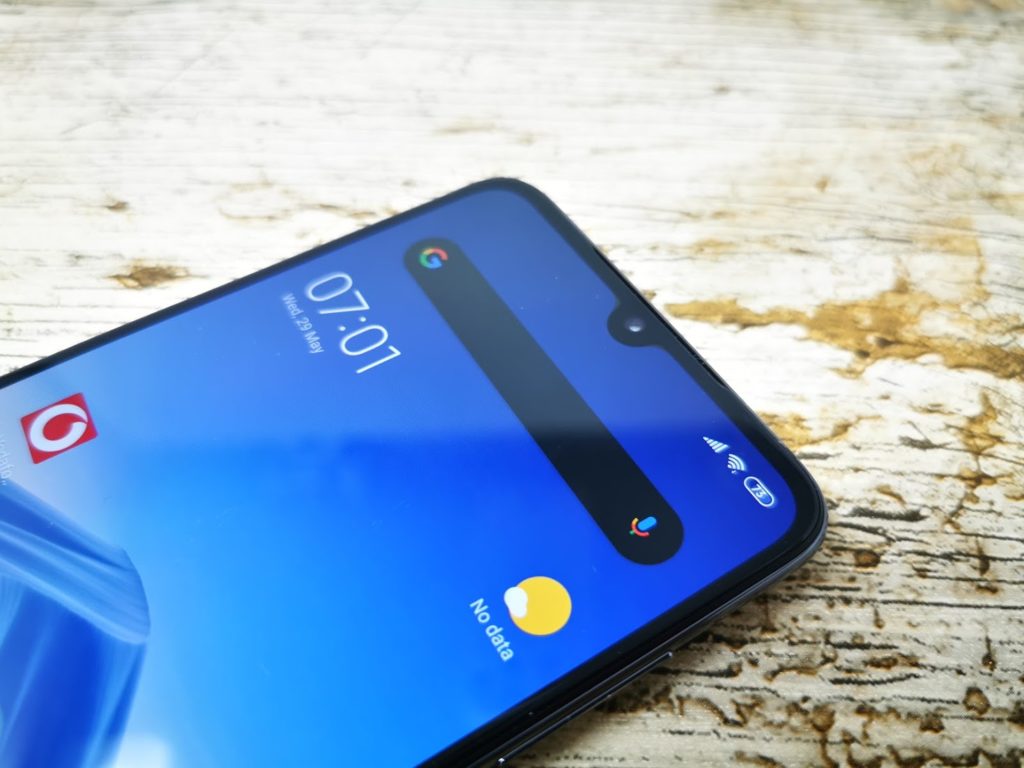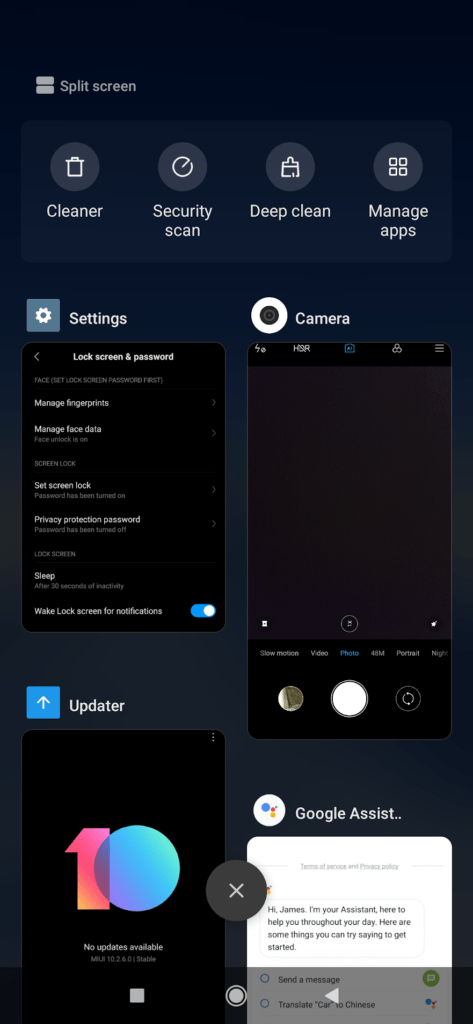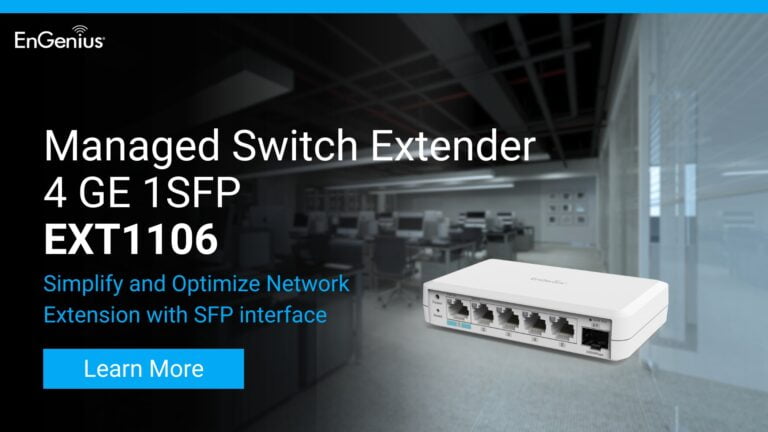Any links to online stores should be assumed to be affiliates. The company or PR agency provides all or most review samples. They have no control over my content, and I provide my honest opinion.
The Xiaomi Mi 9 was announced at MWC this year and continues Xiaomi’s tradition of making great value phones. With UK SIM free prices from around £449, this is the cheapest Snapdragon 855 based phone in the UK market, however, Xiaomi hasn’t cut many corners to achieve this price, the phone comes with an impressive camera specification and excellent build quality.
Specification
- Display – 6.39 inches, 1080 x 2340 pixels, 19.5:9 ratio, 85.2% screen-to-body ratio, teardrop notch
- Fingerprint: Under display
- SoC – Qualcomm Snapdragon 855
- RAM – 6GB
- Storage –128 GB
- Rear Camera
- 48 MP, f/1.8, 27mm (wide), 1/2″, 0.8µm, Laser/PDAF
- 16 MP, f/2.2, 13mm (ultrawide), 1/3.0″, 1.0µm, Laser/PDAF
- 12 MP, f/2.2, 54mm (telephoto), 1/3.6″, 1.0µm, Laser/PDAF, 2x optical zoom
- Front Camera – 20 MP, f/2.0, 0.9µm
- Battery – 3300 mAh battery, 27W fast charge
- Other: NFC, No 3.5mm, No IP rating
The specification reveals some minor cutbacks to achieve this affordable price, the biggest sacrifice is the battery, at 3300 mAh it is getting quite small by recent standards. There is also no IP rating I am aware of, OnePlus has adopted a similar strategy, claiming it adds to the cost of the phone.
Design & Display
The Xiaomi Mi 9 has an all-glass front and back with curved edges, this gives the phone a premium look and feel albeit a slippy one.
The phone apparently comes in Lavender Violet, Ocean Blue and Piano Black, but I can’t find any UK supplier selling anything other than black. In reality, the black looks more like a grey due to a mirrored effect, or holographic as Xiaomi describe it. Overall, it looks good but doesn’t have the wow factor that premium-priced flagship devices like the Huawei P30 Pro has, with its breathing crystal and amber sunrise colours.
The 6.39 inch AMOLED display runs at 1080 x 2340 pixels achieving an 85.2% screen-to-body ratio thanks to its small water drop notch. OLED displays on most phones perform well, and the same is true here, it looks great with bright, vibrant colours, and the small notch rarely gets in the way.
The screen hides the fingerprint sensor, and this works about as well as competing options. Which, in my opinion, is not as quick or accurate as a rear placement.
The Mi 9 doesn’t feature stereo speakers, instead, it has the same bottom-firing loudspeaker as the Mi 8. I rarely find this an issue for myself, as I don’t take a lot of calls and never listen to music on the phone speaker. I found audio quality for both call and media to be perfectly acceptable.
The 7.6 mm thickness of the phone is smaller than most rivals, and this causes a significant camera bump on the back of the phone. Personally, I think they would have been better, making it thicker with a superior battery. This svelte nature makes the phone 20g lighter than the P30 Pro or 10g lighter than its closest competitor, the not yet available OnePlus 7 (standard).
Finally, there is a side AI button, which launches the Google Assistant You can reassign its press-and-hold and double-click functionalities, but you have little to choose from – open front or rear camera, the flashlight, switch to reading mode, or go to the previous app.
Camera
You would think a phone at this price would have a lower specced camera than others, but not so. The Mi 9 has a triple lens layout with 48MP + 16MP ultra-wide and 12 MP telephoto that can provide 2x optical zoom.
It obviously can’t compete with the P30 Pro which costs twice as much, but for a phone at this price, it does an exceptional job. This is one of the significant differentiating factors between this phone and the similarly priced gaming orientated Black Shark 2, they both have the 48 MP Sony sensor and 12MP telephoto, but this includes the excellent 16MP ultra-wide.
It is worth noting that none of the cameras has optical image stabilisation, so getting a good shot will be a little harder than usual. I didn’t find it too much of an issue with regular photos but videos you will notice it.
As with most modern phones, this has scene detection, which will optimise your photos based on what the AI detects. You get various modes too, this includes a night camera mode which uses a long exposure similar to the Pixel or P30 but it doesn’t perform as well.
In good daylight, the phone was able to take some fantastic pictures, far better than my amateur skills are ordinarily capable of with a point and shoot.
There are a range of pre- and post-processing features, including beauty mode, which lets you add bokeh effects to pictures, smooth skin tones and add other flourishes, and Pro mode, which lets you take control of shooting settings like aperture and shutter speed.
Battery
A lot of the phones I have reviewed recently have an excellent battery, so dropping down to 3,300mAh is very noticeable, but it is by no means terrible. For moderate to heavy use, you will likely struggle to get through a full day without a top up.
On the bright side, the 27w fast charge feels faster than normal, probably due to the smaller battery, I was able to get over 50% charge in around 30 mins.
You also get wireless charging, which is a nice bonus, I have an Anker cradle on my office desk, and it makes for a convenient and natural place to locate the phone, so I rarely have to worry about the battery even on heavy use days. Saying that, again, I would have preferred a more substantial battery over wireless charging.
Performance
With a Snapdragon 855 chipset paired with 6GB of RAM, the performance of this phone is unlikely ever to be an issue. It doesn’t have the snazzy cooling, and gaming features the Black Shark 2 has, but I doubt most people, including gamers, would notice that much.
I played several premium games, including Asphalt 9, which I became fond of during my Black Shark review, and the phone ran perfectly smooth, with no lagging and quick load times. The phone did warm up more than the Black Shark, so clearly the liquid cooling of that gaming phone isn’t all marketing.
In AnTuTu it scored an impressive 372006 which is fractionally ahead of the Black Shark 2, and around 60K higher than Kirin 980 based devices from Huawei.
Software
As usual with Xiaomi, you get MIUI as the interface, and this is built on Android 9 Pie, and there is no app drawer nor an option to enable it. It is not my favourite design decision and from what I can tell this is a sentiment shared by many UK users, but it is still usable, and you can easily install the likes of Nova Prime to replace it.
The Mi 9 supports Always-on display which you can schedule it or leave it on/off all the time. There are various themes you can choose from and make it yours. This is a feature I have grown particularly fond of since enabling it on my P30 Pro, and it works well here with no obvious effect on the battery
MIUI has a variety of other features including native support for navigation gestures, Picture-In-Picture mode (for certain compatible apps), native autofill support, enhanced AI, improved screen recording and better app management. There is also a dark mode which will switch all system colours from white to black and this way you can save some of the juice thanks to the AMOLED screen. I also find it less harsh on my eyes.
The phone also features a face unlock function, as it only has a standard camera on the front, it won’t be as accurate or secure as the likes of the Mate 20 Pro with its depth sensor on the front. I did, however, find it worked well and generally prefer this unlock method over the in display fingerprint.
Xiaomi appears to be quite proactive about releasing updates for their phone. They have been particularly good with the Pocophone, and last years Mi 8 has received regular updates.
Pricing
The SIM-free launch price was £499, and it is now available from £449.99 this makes this the cheapest Snapdragon 855 phone on the market today, and apart from the battery, it is better specced than the standard OnePlus 7.
However, the price is bittersweet, because you can buy the phone from Amazon Spain for less than £400 with all import costs included, so as usual UK consumers get a bad deal.
However, even with our less favourable pricing, there is no denying that the Xiaomi Mi 9 is the most affordable flagship device available directly in the UK.
It is worth noting that the Redmi K20 Pro has just been announced, its Chinese launch price is lower than the Mi 9 and is better specced in some areas, and less so in others. We don’t know if or when it will launch in the UK or for how much, so, for now, there is no proper comparison to be made.
This phone was supplied by Vodafone, and the best deals in my opinion are:
- 15GB Red Extra – 24 Months – £9 up front then £42, making a total payment of £1017 – you can currently get the 22GB Red Extra plan for £21 so this gives the phone an effective price of £21
- 25GB Red Entertainment – 24 Months – £9 upfront then £49 making a total payment of £1185 – you can currently get 30GB Red Entertainment for £28 pcm, so this gives the phone an effective price of £513
Conclusion
If you want a flagship device on a budget then look no further than the Xiaomi Mi 9, it ticks nearly every box you would want from an affordable flagship.
The biggest downside to it is the relatively small battery, a couple of years ago this would have been the standard size, but in the past year, we have seen a lot of companies jumping up to 4000mAh options. For the average user, it will still last a full day, but power users may get a suffer from nomophobia as the battery gets low.
The inclusion of NFC is quite an essential addition for me and is something missing on the Pocophone. It may only seem like a small feature, but I can’t remember the last time I paid for something using my debit card.
The current UK pricing is a little annoying, but it is what it is, and its still the cheapest flagship on the market, which is always going to guarantee a good review from me.
So, minor niggles aside, this is a superb phone, for many consumers, and is a more sensible buy than premium-priced flagships, which while amazing, won’t offer the same price–performance ratio.
Xiaomi Mi 9 Review
Summary
£400 cheaper than some other flagships while still being competitive on specs in most areas.
Pros:
Great value for money
Well specced camera
Performance on par with phones twice the price
Small notch
Cons:
Small battery
No IP rating
No wireless charging
Not the best UI
Overall
88%-
Overall - 88%88%
I am James, a UK-based tech enthusiast and the Editor and Owner of Mighty Gadget, which I’ve proudly run since 2007. Passionate about all things technology, my expertise spans from computers and networking to mobile, wearables, and smart home devices.
As a fitness fanatic who loves running and cycling, I also have a keen interest in fitness-related technology, and I take every opportunity to cover this niche on my blog. My diverse interests allow me to bring a unique perspective to tech blogging, merging lifestyle, fitness, and the latest tech trends.
In my academic pursuits, I earned a BSc in Information Systems Design from UCLAN, before advancing my learning with a Master’s Degree in Computing. This advanced study also included Cisco CCNA accreditation, further demonstrating my commitment to understanding and staying ahead of the technology curve.
I’m proud to share that Vuelio has consistently ranked Mighty Gadget as one of the top technology blogs in the UK. With my dedication to technology and drive to share my insights, I aim to continue providing my readers with engaging and informative content.







































